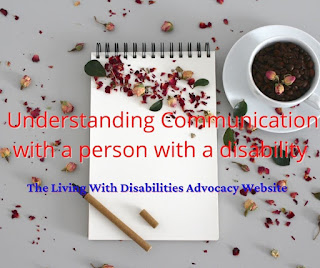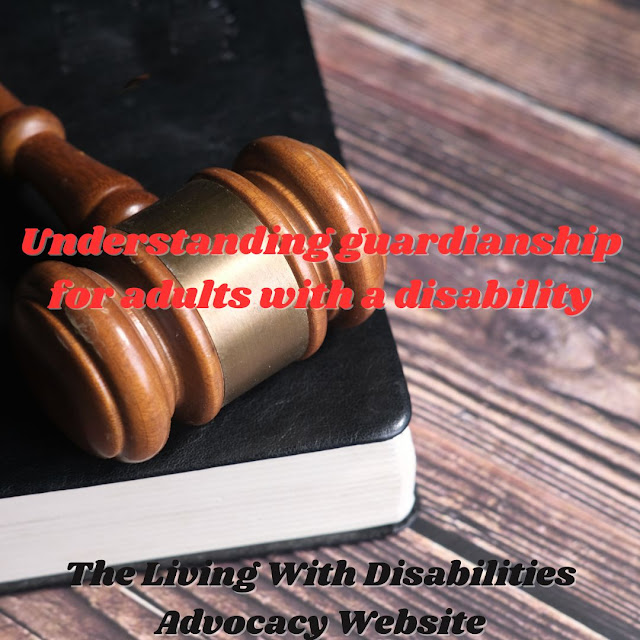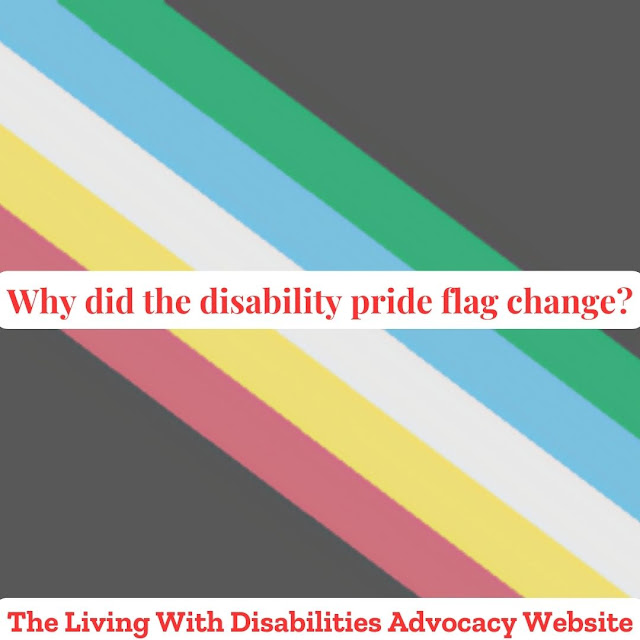Understanding Communication with a person with a disability
First, welcome to the Living With Disabilities Advocacy Website. It's run by none other than Katrina Smith, who's a person with a learning disability. Her mission behind Living With Disabilities is to bring awareness to all people with disabilities.
Today Living With Disabilities wants to talk about Communication with a person with a disability. Communication is a huge part of the disabled community. There are different forms of communication in the disabled community: verbal and non-verbal communication. And it's about time to understand non-verbal communication.
First, a person who has a non-verbal disability can be overlooked, misunderstood, and misdiagnosed learning disability.
What types of disabilities can non-verbal people have? ADD, Autism, Cerebral palsy, ADHD, and Asperger's.
Cause
When it comes to non-verbal learning disorders, they come from the right cerebral hemisphere of the brain. And over time, a child may develop symptoms. including rote memories of past experiences.
Treatment
Living With Disabilities believes there is physical therapy for people with non-verbal communication. Therapy requires both social and academic accommodation for improvement. This intervention includes extra time to practice evolution skills in design recognition and structuring thoughts and counseling to help a person come to a better understanding. There is also an at-home tactic that uses the same structure as therapy to encourage reinforcement. When a person knows what their struggles are and that they need to be corrected, reinforcing the lesson helps them. People are aware of their struggles. Especially, a child. psychotherapy is needed also. In particular, Children with non-verbal learning disabilities.
What are non-verbal devices?
Devices that give a voice to people who cannot speak for themselves. They rely on a device for communication. Living With Disabilities will discuss what are non-verbal devices.
Inexpensive
Sign Language: Use language with spoken speech, or use language with a picture to associate what is said.
Picture books: Print out pictures and add them into a photo album, or use 3x5 cards with pictures and words on them.
Visual Board: Felt board, with pictures. you can make extra pictures and add velcro for the Visual board.
AAC App: Augmentative and Alternative Communication for the cell phone.
Expensive
Speech Tablet.
Speech Watch.
AAC Device: Augmentative and Alternative Communication.
What do I need to know about people with non-verbal communication?
They're no different than anyone else, they may not speak like you and Living With Disabilities. But, they can speak using a communication device.
Treat them no different than you would treat anyone else. Do be patient and open your heart to understanding the different ways to communicate with a person.
Work cited page
https://www.psychologytoday.com/us/conditions/nonverbal-learning-disorder




Comments
Post a Comment